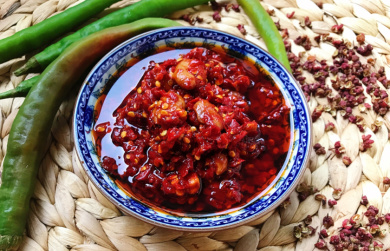How to Cook Flounder in a Pan: Step-by-Step Guide
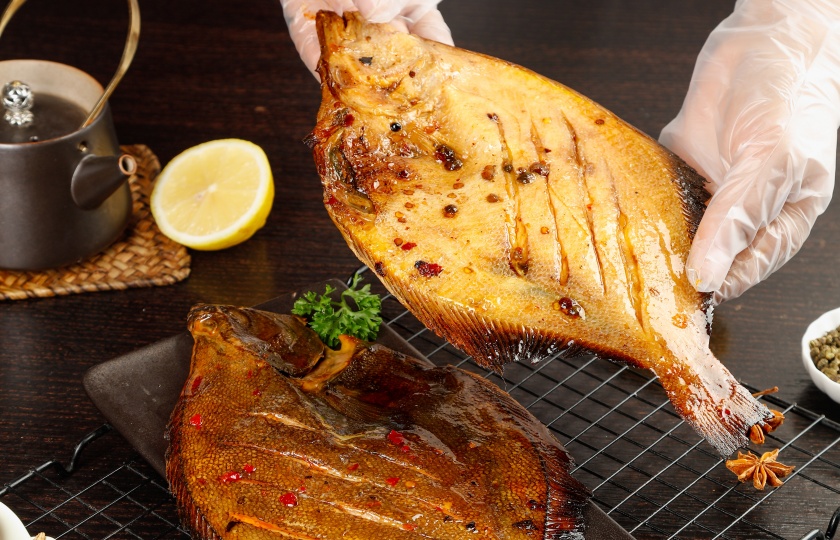
Want to know the cooking tips for halibut in a skillet? With just a skillet and a few seasonings, you can easily bring out its natural freshness.
Step 1: Choose Fresh Fish for a Solid Foundation
The quality of halibut directly affects its flavor and texture. Look for fillets that are white, tender, and elastic with a faint seafood aroma.
If using frozen fish, make sure to fully defrost it and pat dry with kitchen paper to ensure a crispy finish when cooked.
Step 2: Marinate for Flavor, Preserve Freshness
Halibut has a naturally excellent flavor, so simple seasoning with salt and black pepper is enough. Sprinkle both sides evenly and rub in a little olive oil.
For a refreshing twist, add a few drops of lemon juice and marinate for 5–10 minutes to enhance the fish's layers of flavor and tenderness.
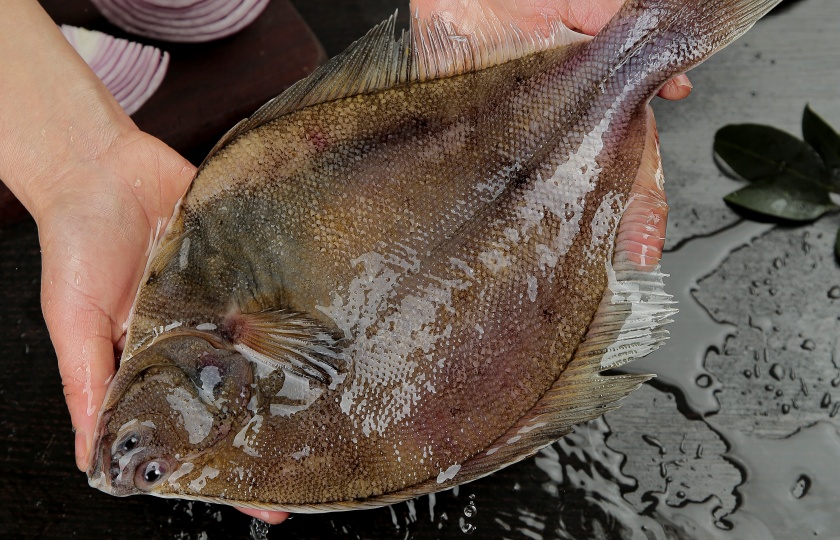
Step 3: Hot Pan and Oil Are Key
Choosing the right pan is essential; a non-stick pan prevents the skin from sticking and keeps the fish looking perfect. Heat the pan thoroughly before adding olive oil or butter.
Once the oil starts to lightly smoke, place the fish in the pan to quickly seal in moisture while achieving a crisp, flavorful exterior.
Step 4: Sear Slowly and Be Patient When Flipping
Place the fish skin-side down in the pan and sear over medium-low heat for 3–4 minutes. Resist the urge to flip too soon—wait until the skin turns golden and crispy before gently turning it over.
Cook the other side for another 2–3 minutes until the fish is fully cooked. If the fillet is thin, shorten the cooking time slightly for a tender, juicy texture.
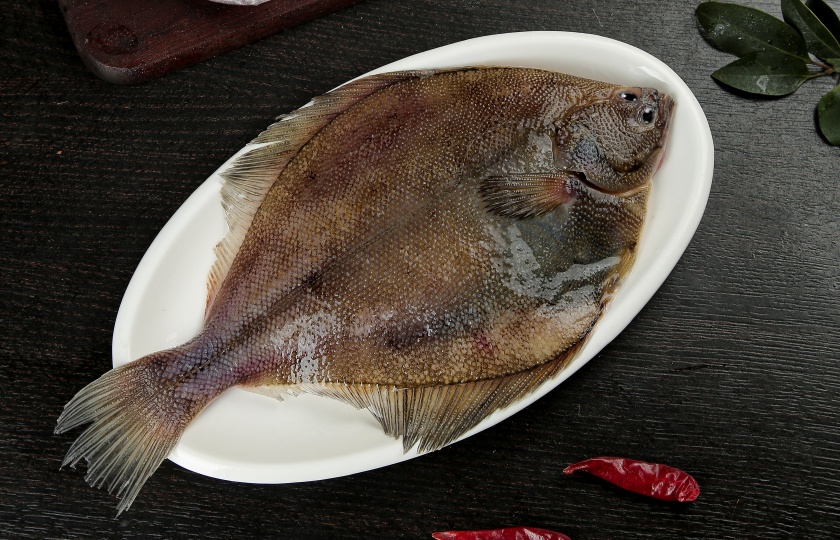
Step 5: Add Aromatics to Enhance the Flavor
While cooking, add a few garlic cloves, a slice or two of lemon, or some rosemary to the pan. For a buttery aroma, drop in a small pat of butter and use a spoon to baste the fish with the pan juices. This step keeps the fish moist and infuses it with a delightful fragrance.
Step 6: Plate with Elegance for a Visual Treat
Transfer the seared halibut to a plate and pair it with simple sides like roasted asparagus, boiled potatoes, or a fresh salad.
Finish with a squeeze of lemon juice to brighten the flavors. For a touch of sophistication, sprinkle chopped herbs or a dash of paprika on top to instantly elevate the dish's appearance.
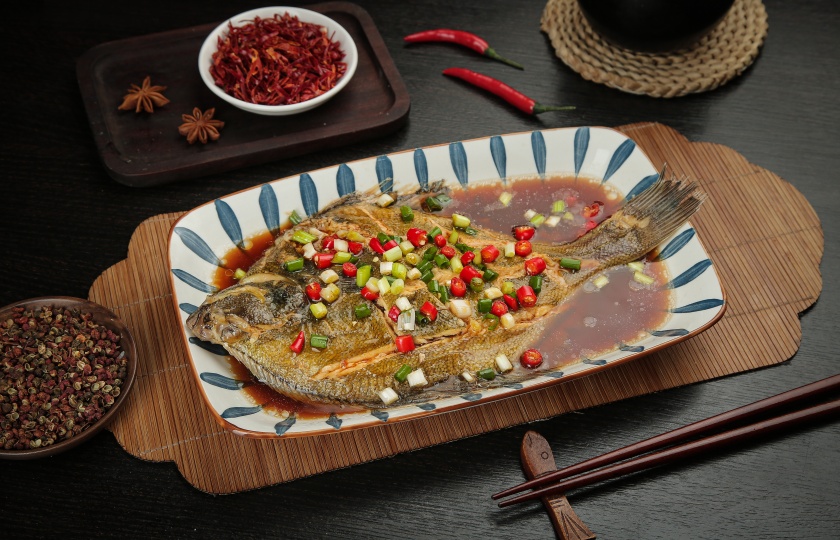
How to Tell When Halibut Is Done?
Pay attention to a few key details to determine if your halibut is perfectly cooked:
Color: Properly seared halibut will have a beautiful golden-brown crust, and the inside will turn from translucent to a uniform white. Gently use a spatula to check a small section of the fish for doneness.
Texture: Press the fish lightly with a fork or chopsticks. Fully cooked halibut should be tender yet firm with a slight bounce. If it feels wet and mushy, it needs more time.
Timing: For thinner fillets, searing each side for about 3 minutes is sufficient. Thicker pieces may require 1–2 minutes longer per side. Be cautious not to overcook, as it can dry out the fish—controlling the heat is key.
How to Cook Halibut Without It Falling Apart?
Halibut tends to flake when cooked, which is a natural characteristic, but you can prevent it from falling apart by paying attention to a few details.
First, dry the fish thoroughly. Use kitchen paper to blot the surface of the halibut, ensuring that no moisture is left. This prevents the fish from becoming loose when heated in the pan due to water evaporation.
Next, manage the heat carefully. Overcooking will make the fish fragile, so it's best to stop cooking once it’s just done. This keeps the fish intact while preserving its tender texture.
Additionally, lightly salting the fish before cooking helps tighten the flesh, making it more stable in the pan. When searing, use medium-high heat and wait for one side to form a golden crust before flipping. This will help prevent the fillet from falling apart.
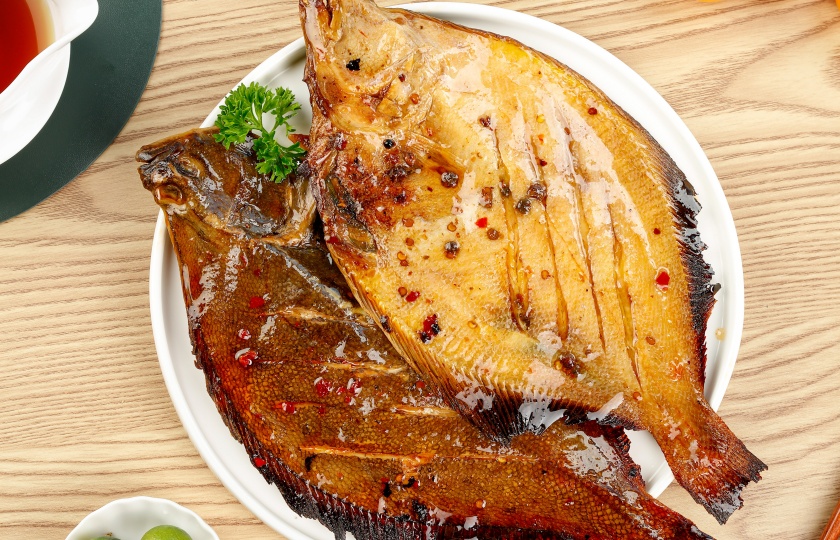
What Herbs Pair Best with Halibut?
Parsley: Fresh with a slight bitterness, great for garnishing or adding to sauces. It enhances both the appearance and flavor.
Dill: A classic herb for fish, its subtle fragrance pairs well with creamy sauces or sprinkled on seared fish.
Thyme: Mild with a hint of earthiness, thyme complements various cooking methods—whether searing, roasting, or making soup, it adds depth to the dish.
Chives: Chopped and sprinkled on top of fish, chives add a refreshing fragrance—simple yet effective.
Tarragon: With a licorice-like aroma, tarragon pairs perfectly with cream-based sauces and white wine, making it a must-have in French-style cooking.
Choosing herbs depends on your cooking method. For steaming, parsley and dill work well, while thyme and tarragon are fantastic with cream-seared fish. A simple adjustment can bring out layers of flavor!
What’s the Difference Between Pan-Seared Halibut and Other White Fish?
Pan-searing halibut is different from other white fish because halibut is particularly delicate and has a higher water content, making it more prone to falling apart or drying out.
Before cooking, it’s best to pat the fish dry with kitchen paper, sprinkle a bit of salt, or lightly dust it with flour. This helps crisp up the skin and lock in moisture. Don’t use high heat—medium to low heat works better since halibut is quite delicate, requiring a little more patience.
White fish like cod or bass have firmer flesh, so you don’t need to be as cautious when pan-searing them. They can be cooked directly or paired with rich sauces, which makes them easier to handle.












